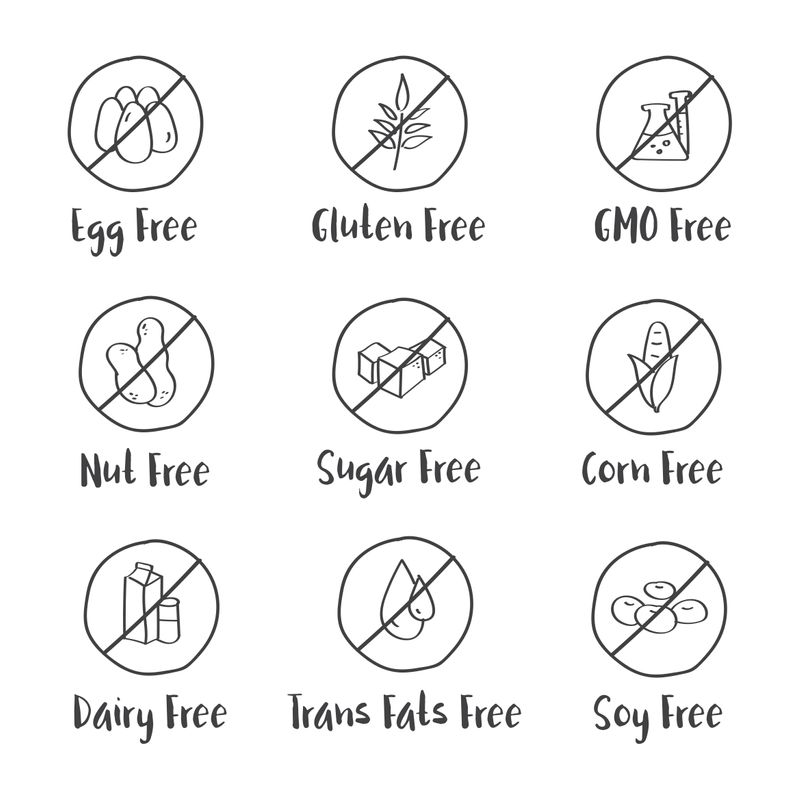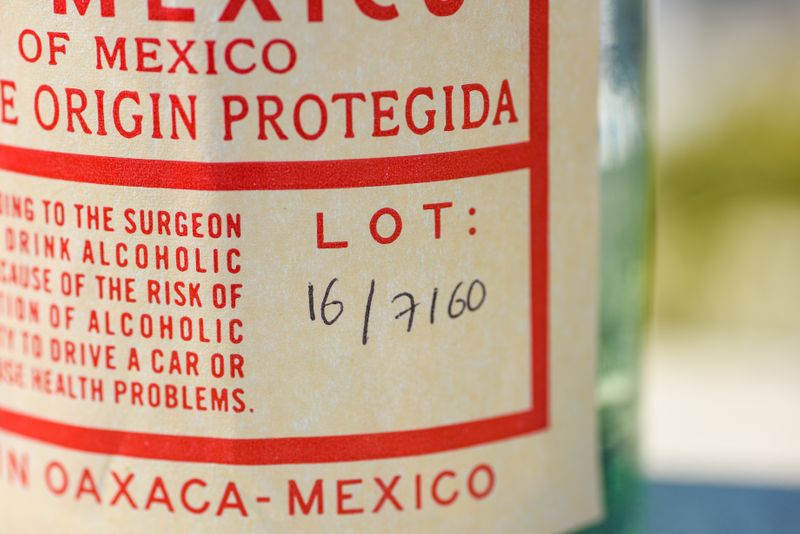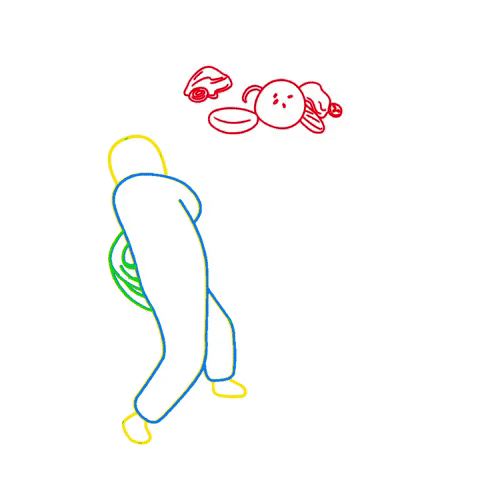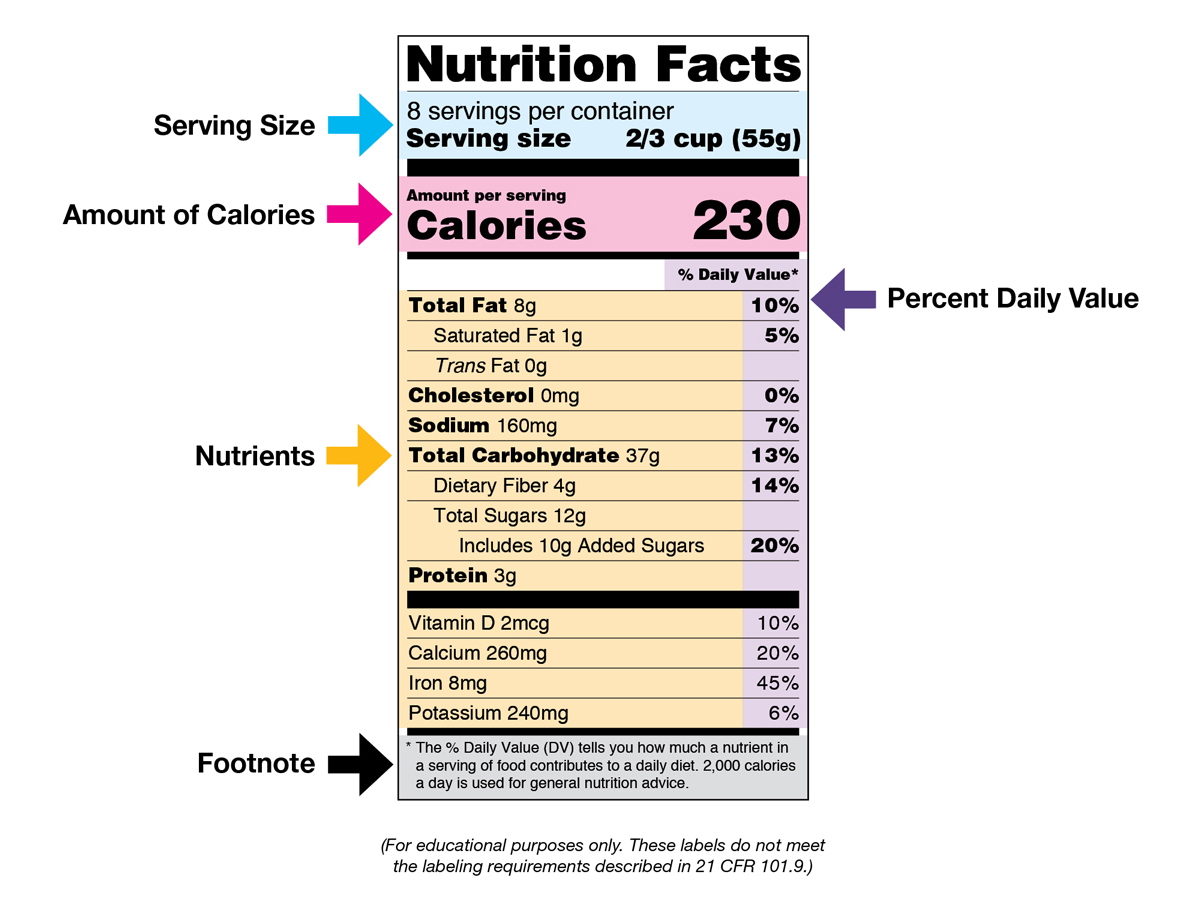Picture this:
You're at the grocery store, stocking up on your food supplies. You get confused looking at the vast array of choices available. How do you choose what to buy?

This is where learning to read food labels can make your life easier!
Make informed choices about the food you buy
Compare and choose products more easily
Know the ingredients a food product contains
Help reduce food waste by reading the correct storage information and safe consumption recommendations
What's In A Food Label?
By law, most packaged food must be labeled with a nutrition facts table and ingredients list.
Nutrition Facts Table
It provides information on serving size, calories, certain nutrients and % daily values (% DV).
Serving Size
All of the nutrition information on the label is based on one serving of the food.
It may also tell you about the number of servings per container.
Amount of Calories
If you consume more or less than the serving size, you’ll need to take that into account when estimating the calories you’re consuming.
Nutrients
The nutrients that must be included are: total fat, saturated fat, trans fat, cholesterol, sodium, total carbohydrate, dietary fiber, total sugars, added sugars, and protein, as well as certain vitamins and minerals.
Labels may also include information like other nutrients, or calories from fats, fiber, sugar, alcohol, other carbohydrates, vitamins, and minerals.
Percent Daily Values
This tells you how much one serving of the food contributes towards meeting the daily requirement for that nutrient.
5%DV or less means the food is low in a nutrient.
10% to 19%DV means the food is a “good source” of a nutrient.
20%DV or greater means the food is high in a nutrient.
Other Important Considerations
The Ingredient List
This includes all the ingredients in a food by weight.

Food Allergen Labeling
The law requires that manufacturers list the major allergens, which include milk, egg, fish, crustacean shellfish, tree nuts, wheat, peanuts, and soybeans.

Other Information
production and expiration dates
storage recommendations
other health or nutrition claims

Quiz
What information must be included by law on a food label?
Foods Exempt From Labeling
fresh vegetables and fruits
raw meat, poultry, fish, and seafood
foods prepared or processed in-store (bakery items, sausages, salads)
foods that contain very few nutrients (tea, coffee, vinegar, or spices)
alcohol
 Photo by Miti on Unsplash
Photo by Miti on UnsplashTake Action
Make food labels work for you!
The next time you go grocery shopping, pay attention to the food labels. Support your specific health needs and learn to make healthier choices.

Your feedback matters to us.
This Byte helped me better understand the topic.

